The digitized text of handwritten notes allows you to automate the business processes of many companies and facilitates the work of a person. The article discusses the recognition of written handwriting in Russian and Kazakh languages using in-depth learning models. Due to the fact that each person’s handwriting is unique and there is no way to create general samples of handwritten text, the offline text recognition report is considered more complex than the online recognition report. The work uses various approaches to deep learning in the development of models of handwriting recognition in the Kazakh-Russian languages related to Cyrillic graphics. An important element of deep learning success is the availability of data, calculations, software platforms, and runtime, which makes it easier to build neural network models and execute them for production. The concepts of deep learning, a competitive, dynamically developing industry that provides fast, quantitative and fair means of analyzing and comparing different approaches and methods of learning, were discussed. Popular deep learning models such as Abdallah, Bluche, Flor and PUIGCERVER were reviewed and the results of the experiments were analyzed based on histograms. The experiments were based on a large database of offline handwritten texts in the Kazakh language called the Kazakh Offline Handwritten Text Dataset (KOHTD). A Telegram bot was created specifically for collecting handwritten data in the Kazakh language. A tool for checking the information entered through this Telegram bot and correcting responses was developed on the basis of a neural network.
Keywords: handwriting, deep learning, neural network, KOHTD, data set.

